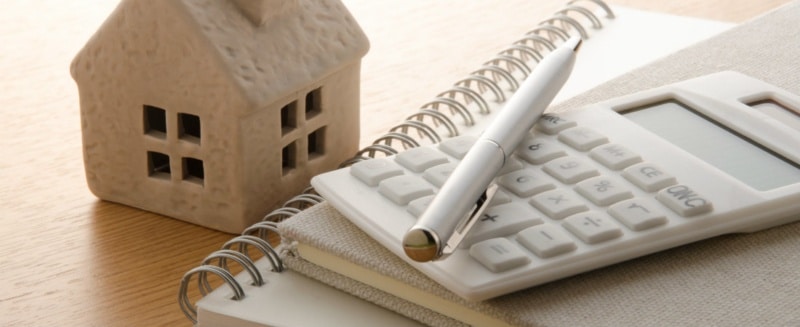When is it a mistake to refinance your mortgage? Only if you don’t know this mortgage secret: Your amortization schedule will “reset” each time you refinance your mortgage, unless you opt to refinance at a lower rate for a shorter term length. In this case, your monthly mortgage payment tends to rise, however.
Q: Did I make a mistake by refinancing my home loan 3 times over the past 20 years? My loan balance is at $100,000 from $130,000 after 20 years. I realize I lowered my rate a few times and my mortgage broker told me it was prudent if the rate dropped more than one percent, but I did not realize that my amortization schedule got reset each time.
Am I now only paying off principal or am I still paying interest for the life of the loan? I’m confused and I am thinking I made mistakes because I am not seeing my loan amount reduced that much after 20 years?
A: Yes, each time you refinanced your property you “reset” the clock in terms of the term length – unless you opted to refinance the lower rate for a shorter term length. When you choose a shorter term length, the payment tends to rise (unless the reduction in the interest rate overcomes that) because you’re paying off the loan in a shorter period of time.
But when you cut back on the term length, you are also paying more toward the loan balance each month. That is why a monthly mortgage payment on a 15-year fixed rate loan is so much higher than the monthly mortgage payment on a 30-year fixed rate loan. And, paying that higher amount is a sure way to add to the equity in the property.
The one thing you could have done to benefit from refinancing so many times is to have paid the same amount you previously paid your lender. That is to say, if your old payment for principal and interest on your loan was $1,000 and your new payment was $800, you could have continued to pay $1,000. Your overpayment would have cut years off the term of your loan.
By paying that extra amount, you’d essentially prepay your mortgage balance monthly, as all of that extra cash is applied to the outstanding principal balance. That’s another way to dramatically increase the equity in your home.
As it stands now, you’re still paying principal and interest each month on your loan. When you reset the term, you went back to paying mostly interest and very little principal. As the months go on, you pay more principal and less interest, but in a 30-year loan you wouldn’t pay equal amounts of principal and interest until around year 14 or so.
On a $100,000 30-year fixed-rate mortgage at 3.5 percent, you’d have monthly payments of $449.04. At the end of the first year, your loan balance would be about $98,081, so a little less than $2,000 in equity would have been built up.
You can play around with the mortgage calculator on ThinkGlink.com (and be sure to check out the “view report” tab) to fully understand what the amortization schedule looks like for your loan.
Good luck.







Another consideration is closing costs. Generally when a refinance is done closing costs get “rolled in” increasing your loan balance. By refinancing multiple times over that period you are not only resetting the clock but also incurring fees that also delay the payoff and financial benefit of a refinance. Ilyce makes some very good points including the idea of refinancing under a shorter term. Some are unaware that mortgage terms come in 5 year increments (30, 25, 20, 15, 10) allowing you to customize your next mortgage based on the remaining term of your mortgage. Great response Ilyce!